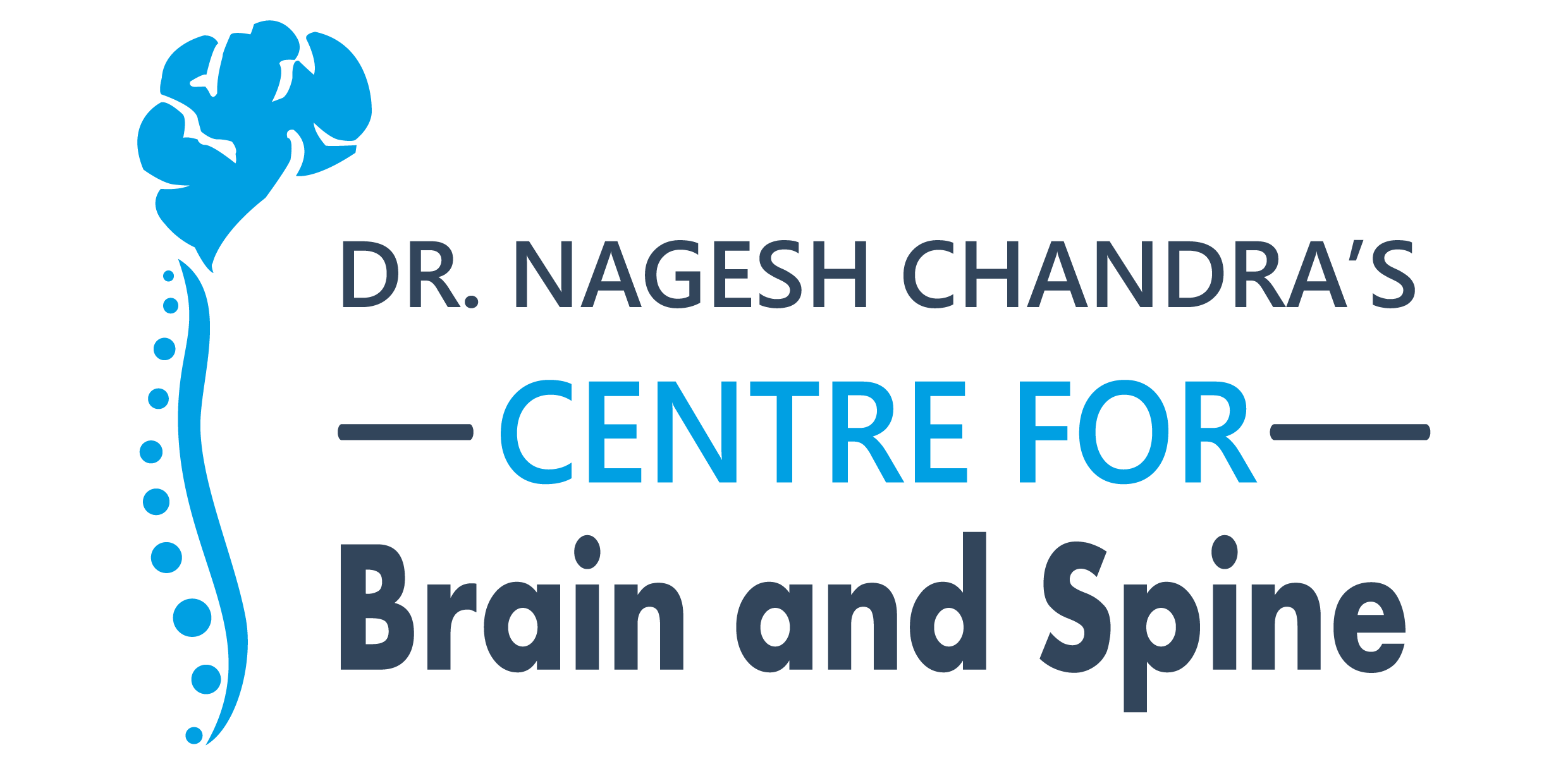Sciatica is pain that starts in the lower back and travels down the sciatic nerve to the leg. The sciatic nerve is the largest in the body and runs from the lower spine, through the hip and buttock, and down the back of the leg to the knee. Sciatica can also cause weakness, numbness, or tingling in one or both legs.
In this blog, Dr Nagesh Chandra, a Sciatica specialist in Delhi will explain the treatment of sciatica and help you lower the pain.
Treatment of Sciatica by Dr Nagesh, Neurosurgeon, Delhi
Sciatica is pain caused by irritation of the sciatic nerve. It usually heals on its own over time with rest and self-care measures:
Ice packs: You can use cold or ice packs to alleviate pain and swelling in the first few days after sciatica begins. To do this, you can use an ice pack, but ensure you wrap them in a towel to avoid skin damage from the cold. Apply the cold pack for 20 minutes multiple times a day.
Heat Compression: After using cold or ice packs for a few days, switch to a heating pad or warm compress. Apply the heat for 20 minutes at a time. If the pain persists, alternate between hot and cold packs, depending on which provides the most relief. Think of it like using ice to calm initial swelling and then switching to heat to soothe and relax the affected area. If one method works better, feel free to use that for your comfort.
Stretching & exercise: Learning proper stretching techniques from an instructor experienced in dealing with low back pain can be very beneficial. They can also guide you in gradually incorporating general strengthening exercises, core muscle strengthening, and aerobic activities into your routine.
Therapies for treatment of sciatica
Physical therapy: Physical therapy aims to find exercises that relieve sciatica by easing the pressure on the nerve. It can involve stretching exercises or low-impact activities like walking, swimming, or water aerobics.
Alternative therapy: These treatments are becoming more popular. Options include visiting a chiropractor for spine adjustments, practising yoga, acupuncture, and more. Massage therapy can also be beneficial for relieving muscle spasms associated with sciatica.
Medicines/injections
Medicines: Medications like painkillers and muscle relaxers can help with sciatica symptoms. For chronic or nerve-related pain, other medications such as antidepressants and anti-seizure drugs may also be effective.
Injections: Epidural steroid injections can offer long-term relief, usually lasting up to three months. These injections typically include local anaesthesia to minimise discomfort. Your healthcare provider can give you more details about how this works.
Sciatica Surgery Delhi
Laminectomy: A laminectomy is a procedure where part or all of the lamina in a vertebra is removed. The lamina is a part of the vertebra that often presses on nerve roots. By removing some or all of it, the pressure on the nerve is reduced, helping to relieve pain. This procedure is one of the most common decompressing methods for the spinal cord.
Discectomy: A discectomy involves removing part of a herniated disk that compresses the spinal cord between two vertebrae. About 90% of sciatica cases are due to a herniated disk in the lower spine.
Sometimes, doctors may remove the entire disk and replace it with an artificial one or perform a spinal fusion to permanently connect two vertebrae after removing the disk.
This procedure can be done as open surgery or as a minimally invasive procedure using an endoscope. Neurosurgeon in Delhi says that endoscopic discectomy has lower risk rates and results in shorter hospital stays compared to open discectomy.
What to expect during sciatica surgery?
During surgery, patients usually receive general anaesthetics through an IV line to put them into a sleep-like state. The area around the surgical site may also be numbed with an injection. After surgery, the incision is stitched or stapled, bandaged, and the patient is taken to a recovery room. Most patients can sit up and leave the hospital within 24 hours, but they should avoid driving for at least two weeks and resume light work after four weeks or more.
Recovery time
According to a top neurosurgeon in Delhi, the recovery time for sciatica surgery can vary from two to four weeks to eight to twelve weeks, depending on the type of surgery and your overall health:
- Minimally invasive surgery: Usually results in a faster recovery, and most people can walk the next day.
- Surgery involving more than one vertebra or disc: It may take longer to heal.
- Spinal fusion: It can take four to six weeks before you can return to work and six months to one year before you can resume regular activities.
Possible complications or side effects of surgery
As with most surgeries during treatment odf sciatica that use general anaesthesia, sciatica surgery carries risks such as blood clots and heart attacks. There’s also a risk of infection, which is common with many surgeries. Additionally, there’s a chance of nerve injury because this procedure involves tissues around a nerve.
Possible complications and side effects vary based on several factors, including the treatments used, the severity of your symptoms, and the cause of your sciatica. Your doctor is the best source of information about the most likely side effects and complications. They can also guide you on how to manage, minimise, or avoid these issues.So, if you are looking to consult a doctor for Neurosurgery in Delhi or sciatica, visit the Centre for Brain and Spine to get the best results for all your problems.

